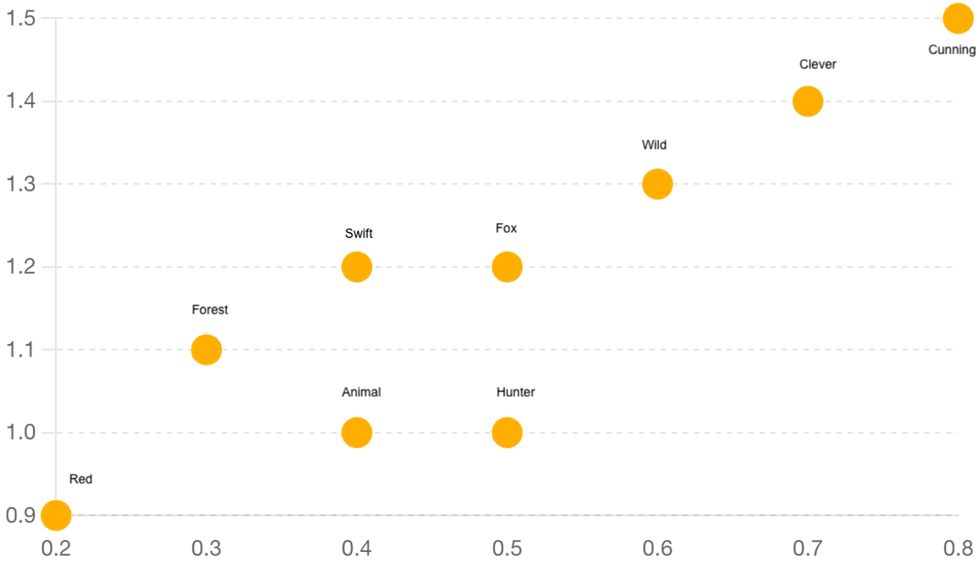Prompt Engineering Will Be Like Typing
- Noriko Yokoi
- Jul 24, 2024
- 3 min read
Updated: Oct 9, 2024
How We Interact With Technology Has Fundamentally Changed

A version of this article appears in GreyJournal.net
The way we interact with technology transformed overnight in November 2022 with the explosion of ChatGPT. This marked the beginning of a new era in our relationship with technology.
By January 2023, ChatGPT had amassed 100 million users, setting the record as the fastest-growing consumer application in Internet history.1 If 2022 was the unveiling of ChatGPT to the world, 2023 saw individuals embracing it for personal use. As we progress through 2024, Generative AI is poised to make significant inroads into business operations.
A pressing question debated online, at conferences, and in various forums is: How does our relationship with technology fundamentally change our lives?
On one side, there are fear mongers who predict a future overrun by technology, reminiscent of worst-case scenarios depicted in sci-fi films like The Terminator and The Matrix. Conversely, optimists envision a world where our work becomes easier, faster, and better.
Despite broader concerns, there's no denying the efficiency generative AI solutions like Large Language Models (LLMs) offer in content creation.
However, many who have heard about the wonders of generative AI have found themselves disappointed by its mediocre, verbose, and repetitive output. As quickly as they adopted tools like ChatGPT, they abandoned them.
Why? Because these users employed the tool without proper training. Many users mistakenly believe that ChatGPT, with its conversational approach, understands them fully and that they can provide loose commands. This misunderstanding highlights the gap between those trained in prompt engineering and those who are not.
So what is prompt engineering, exactly. Prompt engineering is the strategic formatting of inputs into GenAI tools. Prompt engineering provides context, limits the model’s response and helps us optimize the performance of the GenAI tool.
What makes prompt engineering powerful are the embeddings in each vector that represents a word. For example, the word ‘fox’ in the saying, The quick fox jumped over the lazy dog has a lot of words and context provided, which is the reason why the output sounds human.
Chart 1: Embeddings within a Vector

Chart 2: Contextual information within a Vector
You can see the power behind large language models. To that end, we do need to be very prescriptive about how we craft our prompts.
Follow these guidelines and you will have more accurate output.
Identify what you’re creating (blog post, social media post, letter, email etc.)
Specify a role (social media manager, marketer, advertiser etc.)
The topic (subject of the output)
Provides examples (provide subject content examples)
Length (1 paragraph, 1 page, 750 words etc.)
There is a lot of conversation around whether to use or incorporate GenAI in every day tasks. Some organizations are hesitant or on the fence. One thing is clear. lacking prompt engineering skills could lead to decreased productivity at work. While this may not be immediately apparent, the differences will become evident within the next six months to a year.
For prompt engineering courses in marketing/advertising: visit https://3cubed.ai/prompt-engineering-workshops/
Look around your organization. If trainers encourage using generative AI without emphasizing prompt engineering, it indicates a lack of deep AI familiarity. Conversely, organizations that prioritize training in prompt engineering demonstrate a robust understanding of generative AI.
Reference:

Comments